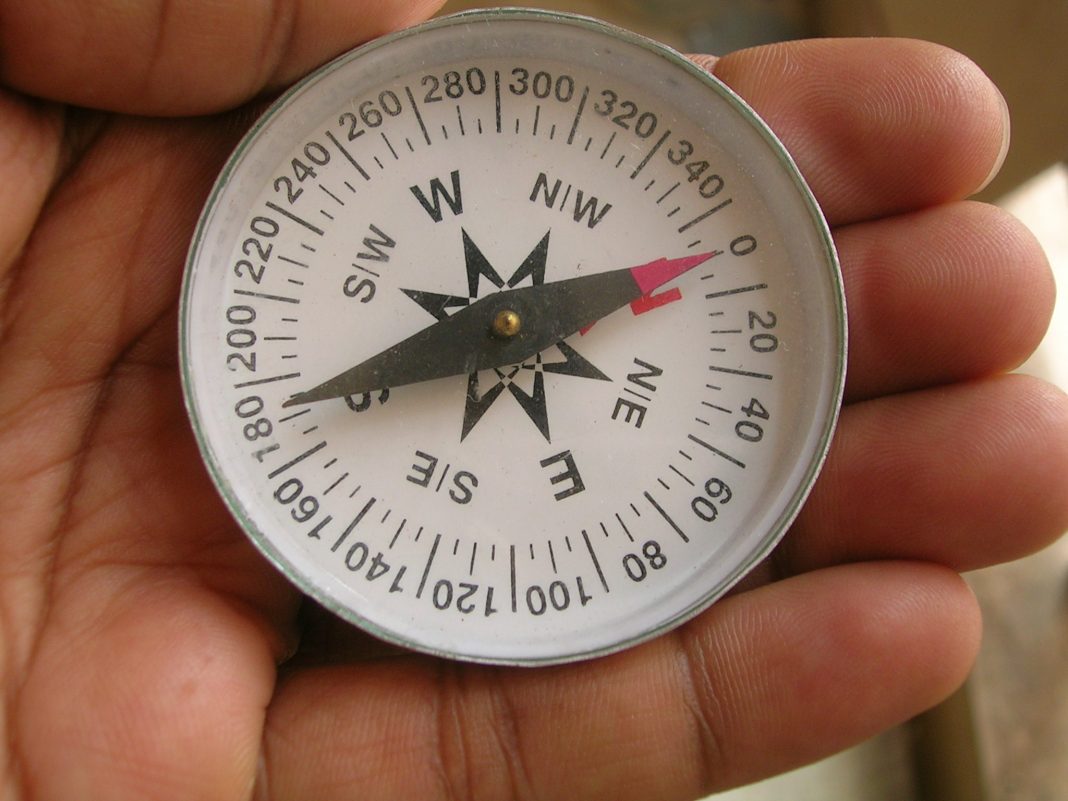IF YOU’RE lost in the jungle, your best chance of finding your way might be via a tiny magnet. A magnet is what makes a compass point north the small magnetic pin in a compass is suspended so that it can spin freely inside its casing and respond to our planet’s magnetism.
In navigation, directions on maps are usually expressed with reference to geographical or true north, the direction toward the Geographical North Pole, the rotation axis of the Earth.
Depending on where the compass is located on the surface of the Earth the angle between true north and magnetic north, called magnetic declination can vary widely with geographic location.
The local magnetic declination is given on most maps, to allow the map to be oriented with a compass parallel to true north. The location of the Earth’s magnetic poles slowly changes with time, which is referred to as geomagnetic secular variation.
The effect of this means a map with the latest declination information should be used. Some magnetic compasses include means to manually compensate for the magnetic declination so that the compass shows true directions.











